Getting Face-to-Face with Angkor Thom
- Trip And Zip

- Apr 17, 2014
- 2 min read
Updated: Aug 21
If you’ve ever wondered what it’s like to be surrounded by hundreds of serene faces in the middle of an ancient jungle, Angkor Thom in Cambodia is your answer. Walking into this "Great City" feels like stepping straight into a history book—except way cooler, with way more mystery.

Angkor Thom was the last and most enduring capital of the Khmer Empire, built in the late 12th century by King Jayavarman VII. This was no ordinary king—he was a visionary leader who left behind a legacy of monumental architecture and spiritual harmony.
At the heart of this sprawling city lies Bayon Temple, where over 200 massive stone faces gaze out from its towers. Thought to depict Avalokiteshvara, the Bodhisattva of Compassion, blended with the king’s own likeness, these faces represent a divine connection between ruler and deity—a bold reminder of the Khmer belief in the sacred authority of their leaders.


What’s even more captivating is how the temple seems to come alive with the light. In the golden hours of sunrise or sunset, sunlight streams through the cracks, playing off the carvings and giving the faces a lifelike glow. It’s as if they’ve been watching over the jungle for centuries, quietly observing the passage of time.
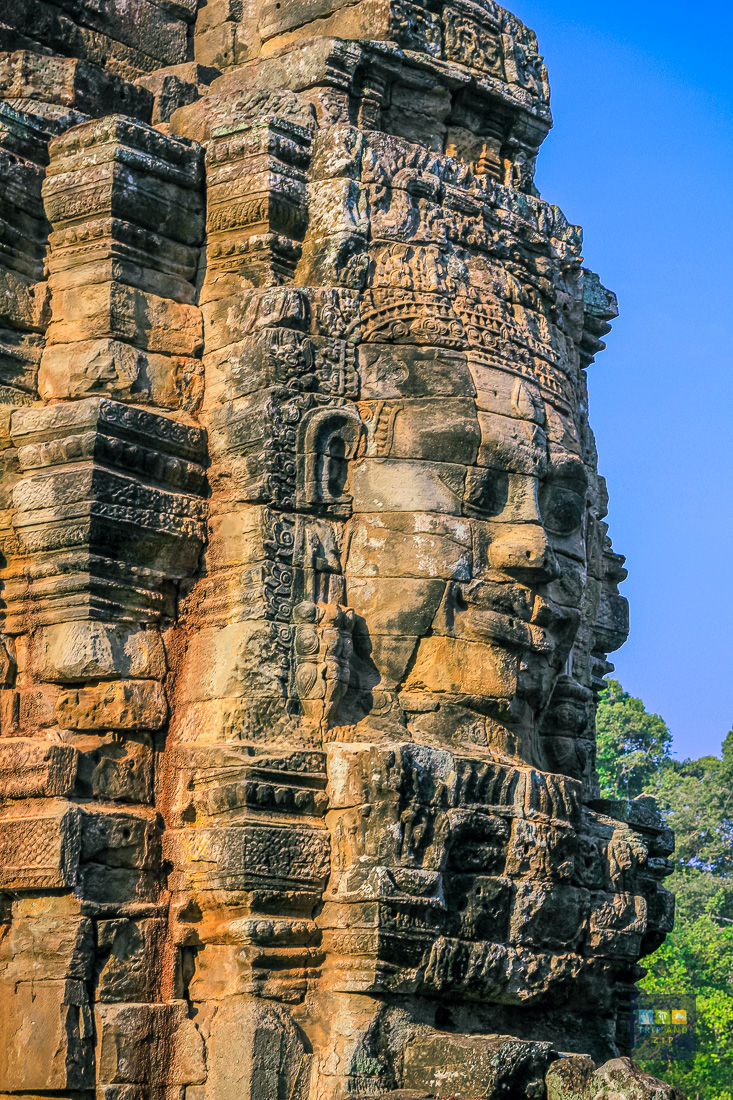
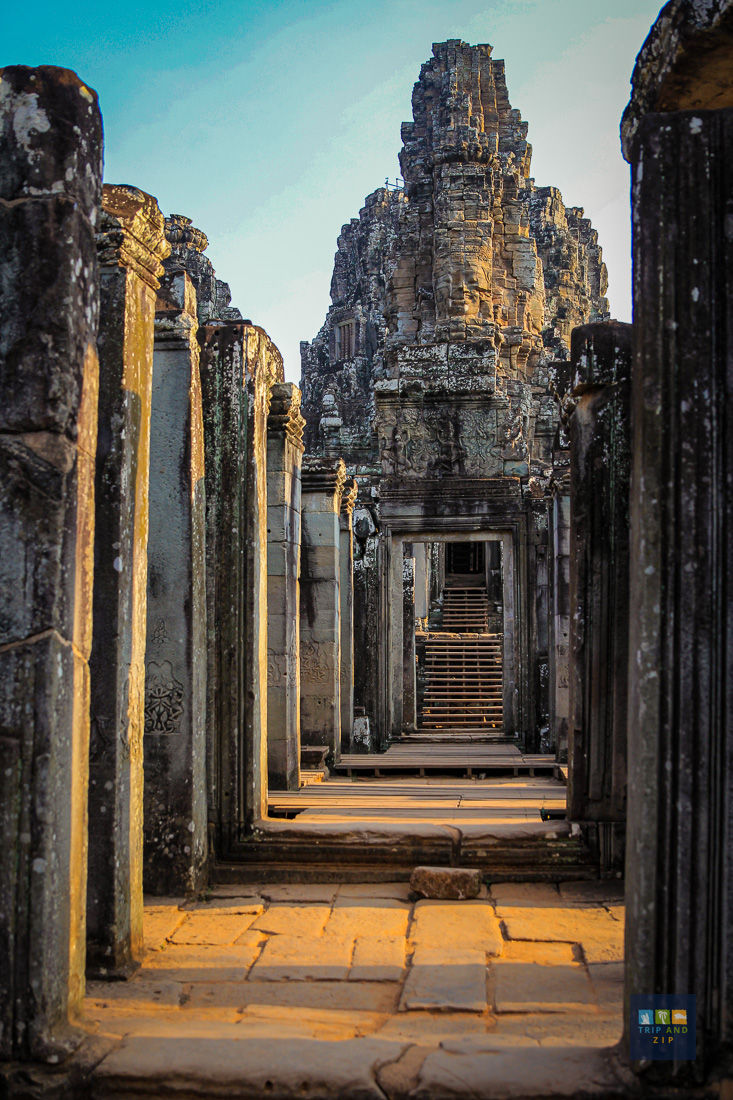
Angkor Thom wasn’t just a political or religious hub; it was a masterpiece of Khmer craftsmanship and ingenuity. The intricate bas-reliefs on Bayon’s walls depict scenes of myth, war, and everyday life, showcasing a civilization that thrived on a unique blend of Hindu and Buddhist influences. It’s a rare window into a world where art, religion, and governance were deeply intertwined.
As you wander through its vine-covered ruins, Angkor Thom feels less like an ancient relic and more like a living story. It’s not just a place to visit—it’s a place to feel, reflect, and marvel at the timeless brilliance of the Khmer Empire

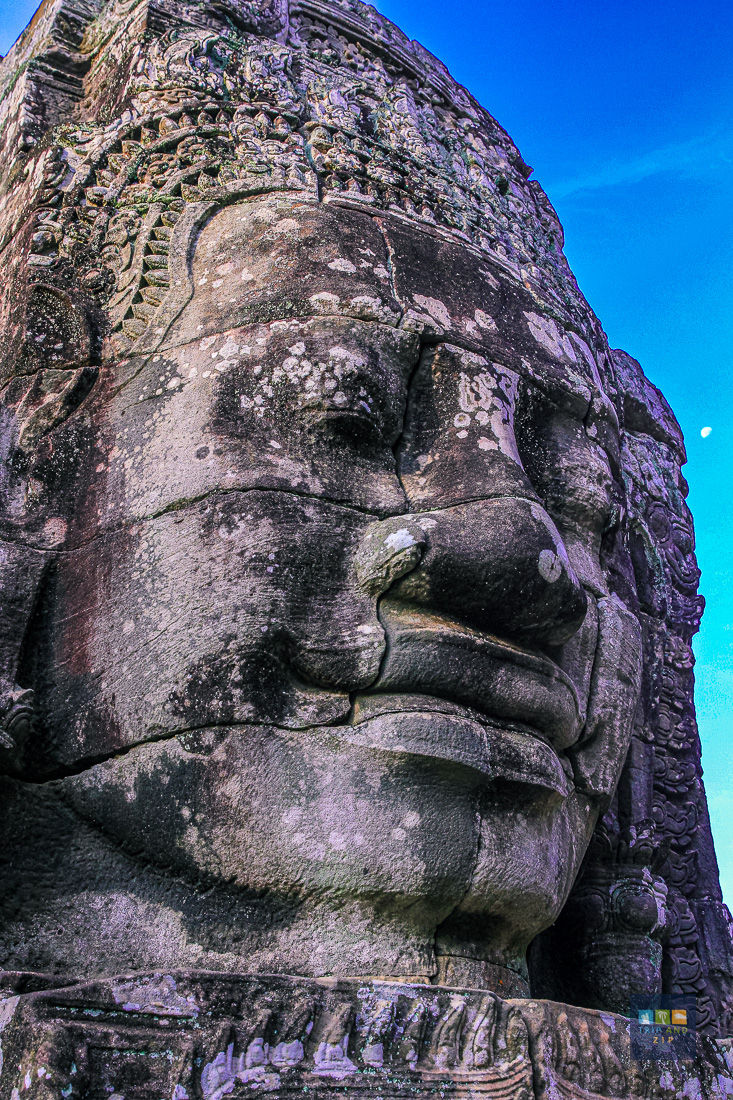
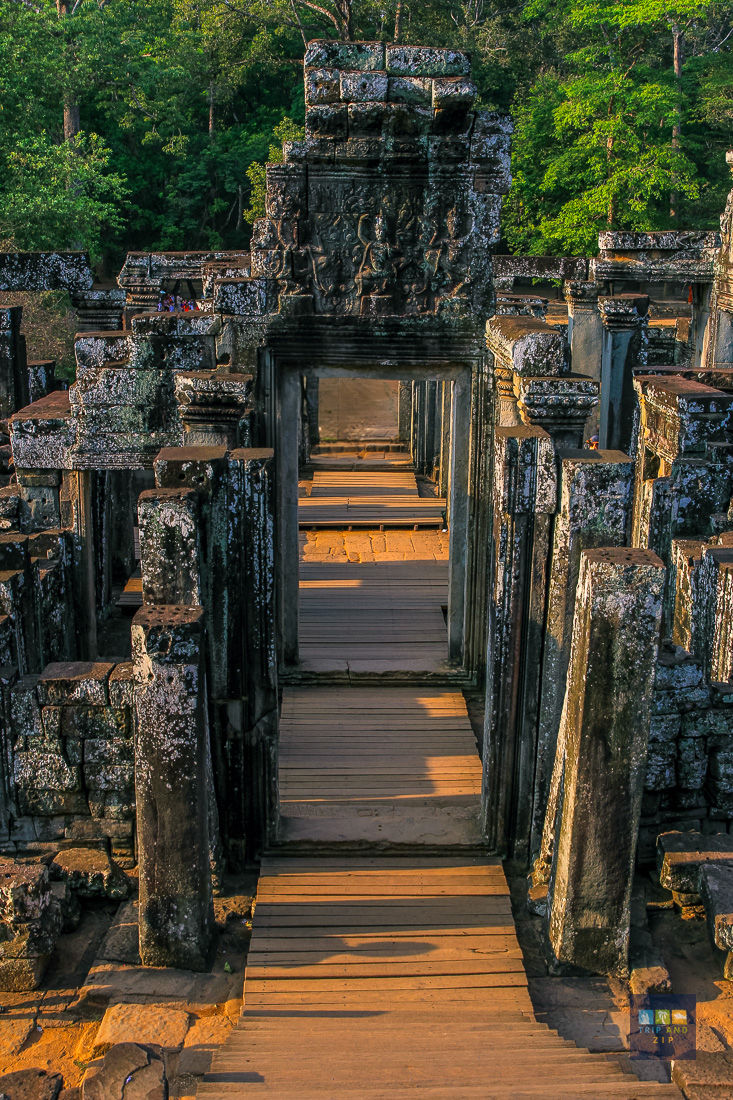
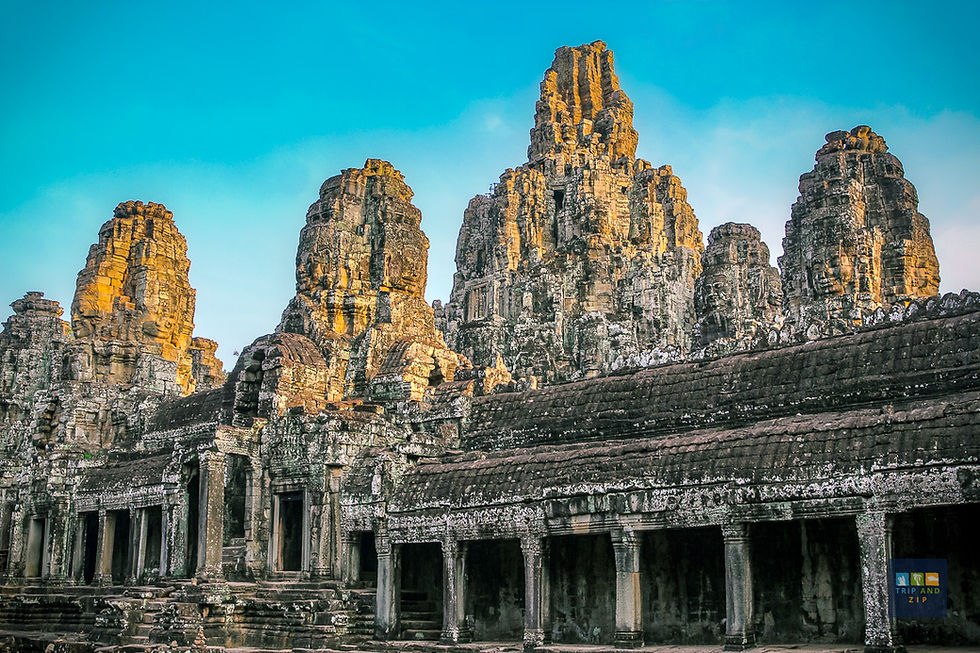




Comments